Every great invention begins with a simple idea — but ideas only come alive when you build them. Prototyping transforms concepts into something you can test, touch, and improve. Whether for a science project, community solution, or startup, learning to prototype is the first step toward innovation.
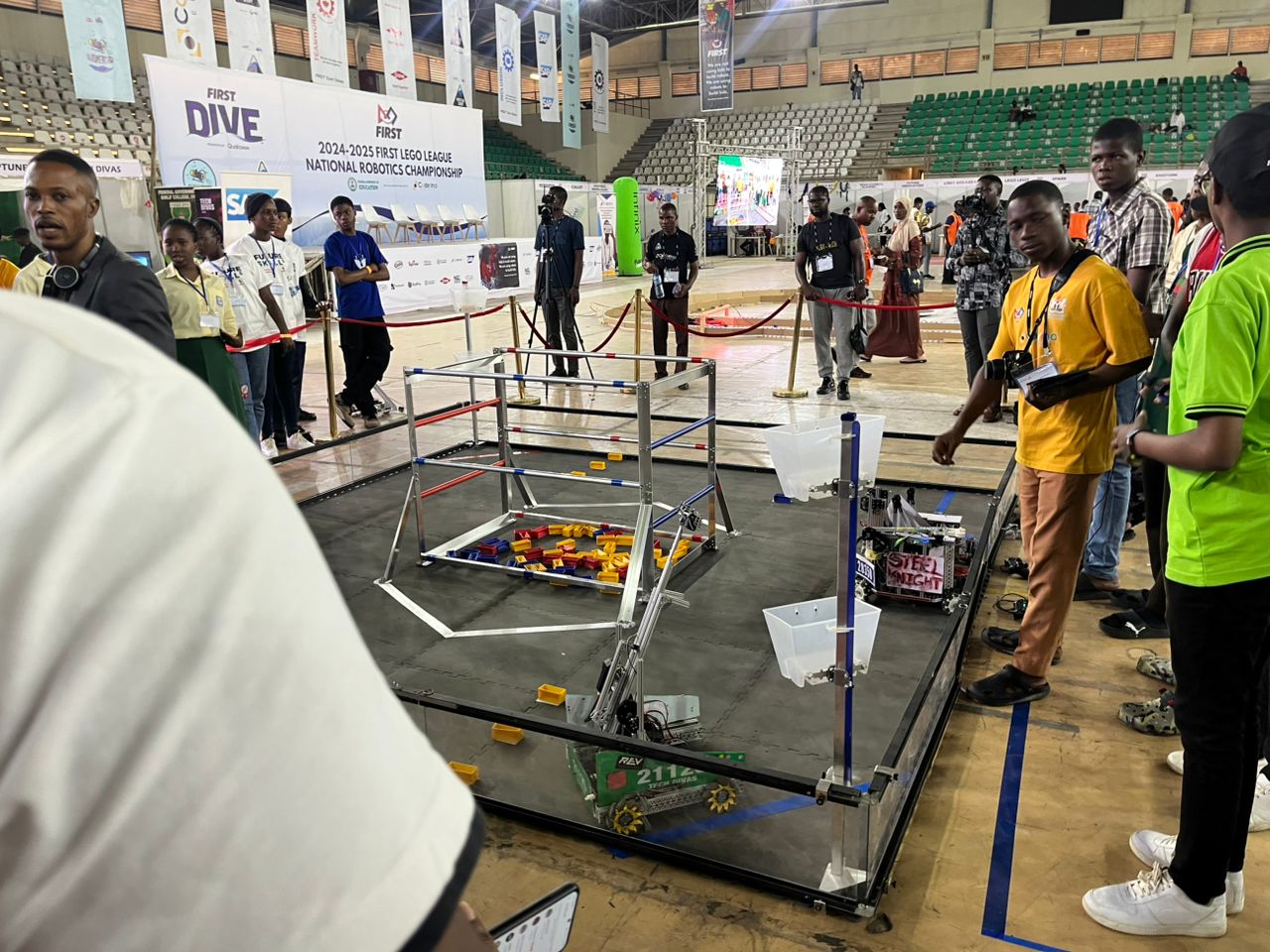
What Exactly Is a Prototype?
A prototype is an early, rough version of your idea. It doesn’t need to be perfect — it shows how your idea works. Prototypes can be physical (cardboard, plastic, wood) or digital (app mockups, simple software).
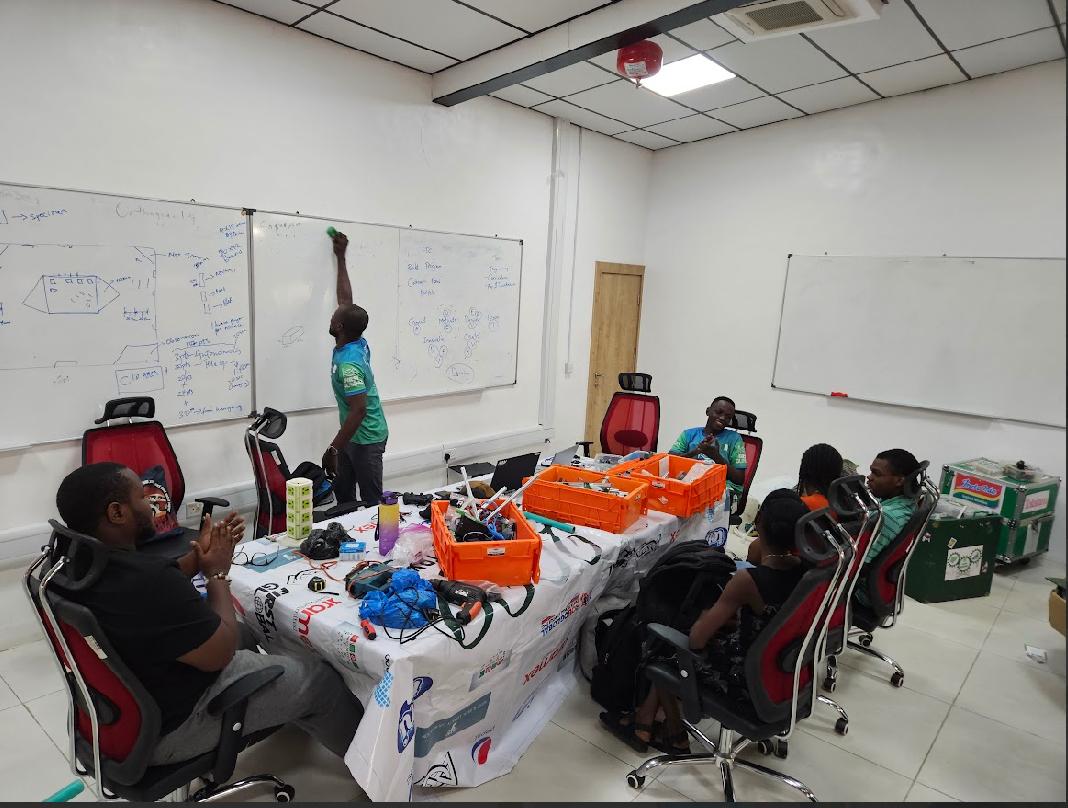
Why Prototyping Matters
Prototyping saves time, money, and frustration. A small, simple version lets you test ideas early. For young innovators, it builds creativity, resilience, and confidence — failure becomes feedback.
Steps to Building Your First Prototype
1. Define the Problem Clearly
Understand the issue you’re solving. Ask: Who is affected? What’s the simplest way to help?
2. Sketch Your Idea
Use a notebook or whiteboard. Sketching helps visualize your solution before building.
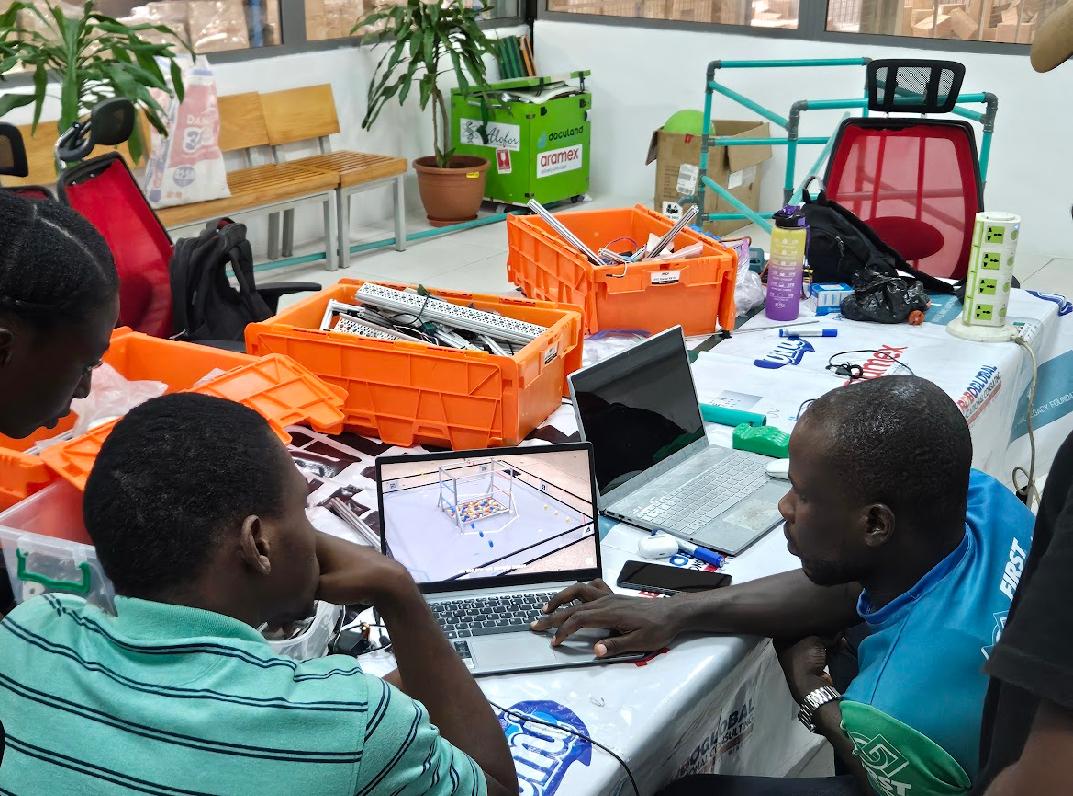
3. Gather Materials
Use everyday items and low-cost materials. Examples:
- Cardboard, tape, paper, glue, markers
- Recycled bottles, boxes, plastic parts
- Basic electronics kits like Arduino or Raspberry Pi
- Online tools for digital prototyping (Figma, Canva)
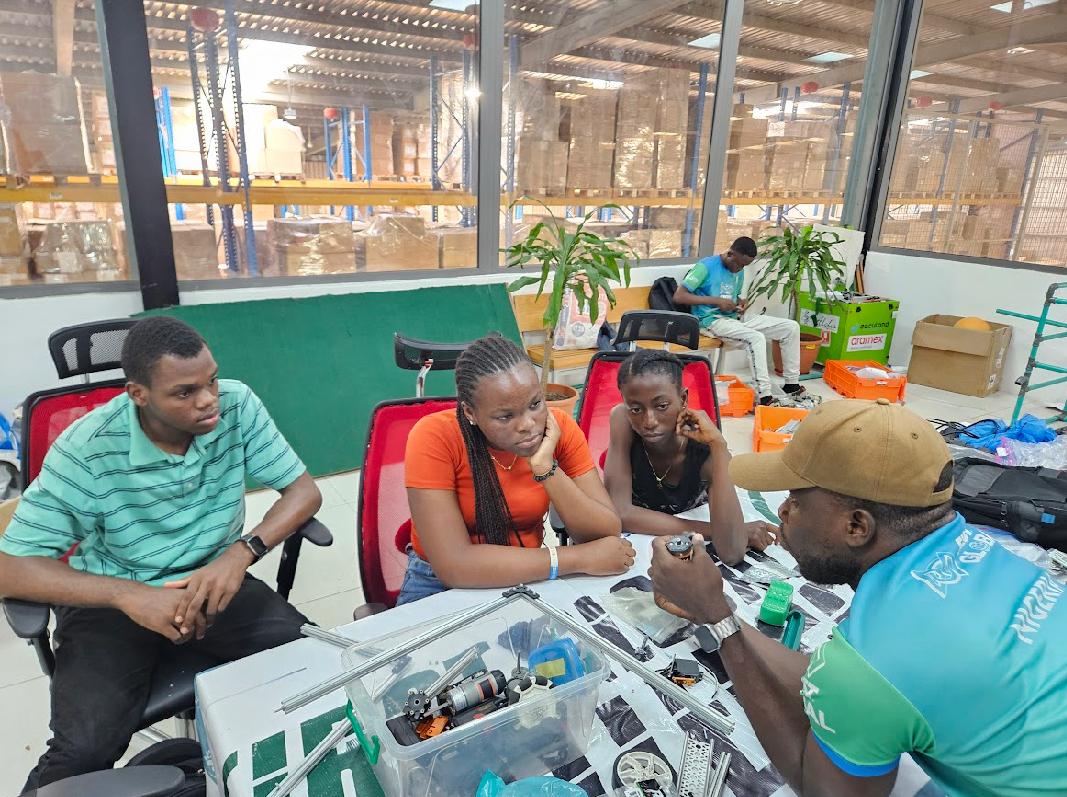
4. Build a Low-Fidelity Version
Create a simple version you can make in an hour or two. Focus on functionality, not appearance.
5. Test It Out
Show your prototype to others and get feedback. Ask: Does it solve the problem? Is it easy to use? How can it improve?
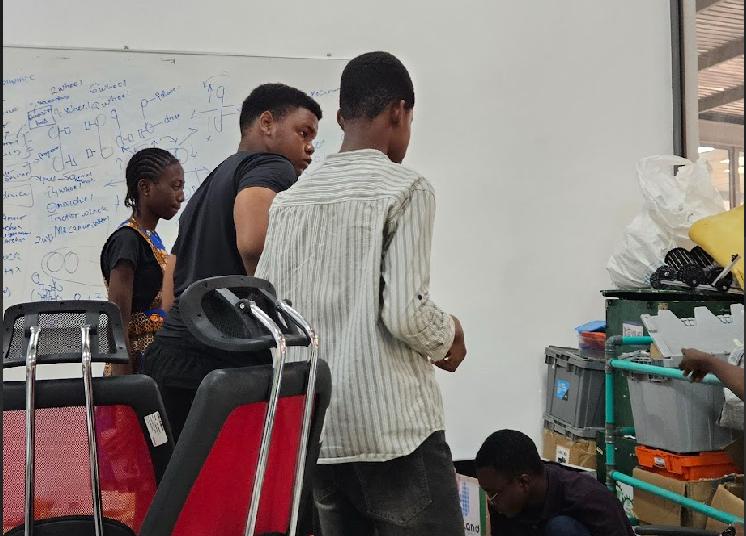
6. Improve and Iterate
Use feedback to refine your design. Iterate multiple times — even pros do this before final products.
Tools Young Inventors Can Use
- Tinkercad: Easy 3D modeling for beginners.
- Figma: Design app or website mockups.
- Arduino Starter Kit: Build simple tech with sensors and lights.
- Recycled Materials: Build physical models on a budget.
- Paper Prototyping: Sketch, test, and adjust ideas quickly.
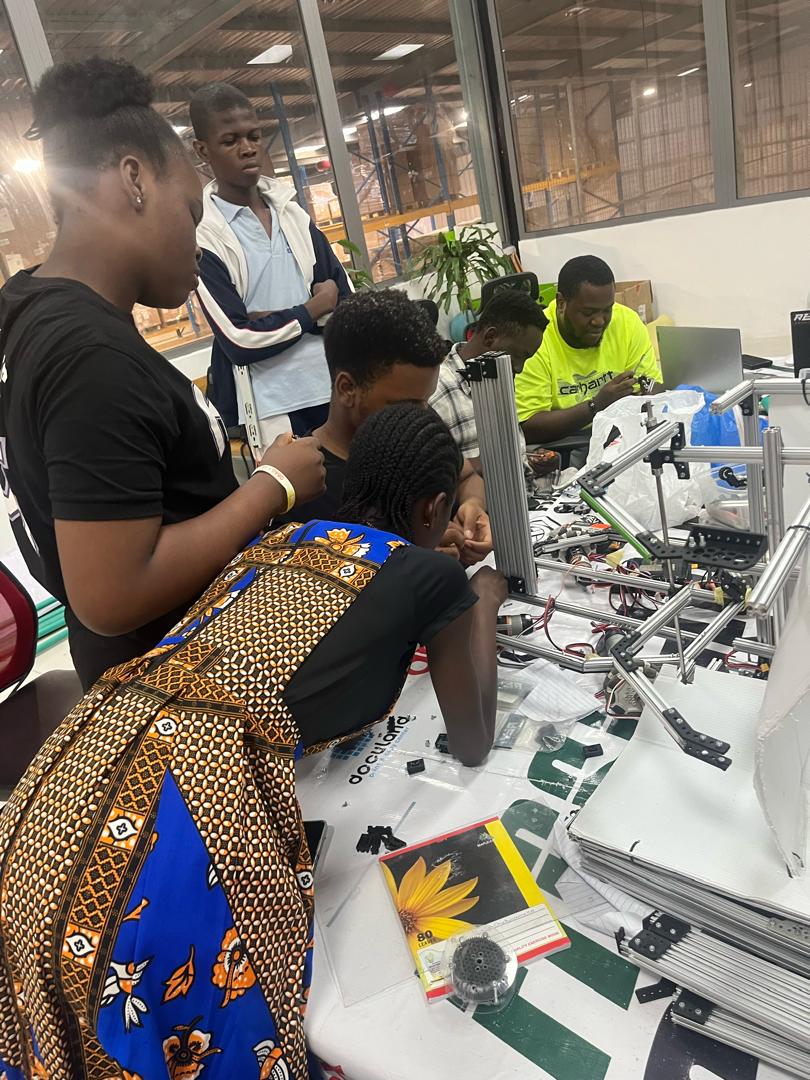
Common Mistakes to Avoid
- Trying to make it perfect first — start simple.
- Ignoring feedback — users’ voices guide improvements.
- Skipping sketches — visual planning saves time later.
- Overcomplicating — clarity beats fancy designs.
How Prototyping Builds Future Innovators
Prototyping teaches critical thinking, teamwork, and persistence. Young innovators learn that creativity and purpose matter more than big budgets.
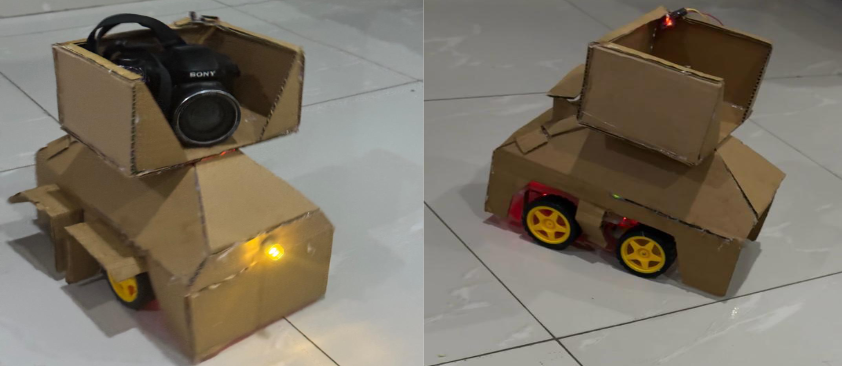 >
>Final Words
Your first prototype won’t be perfect. Experiment, test, and refine. Every great innovator began with an idea, basic tools, and the courage to start.
← Back to Blog